Top Trends for your Omnichannel Restaurant Strategy
Published on Aug 31, 2022
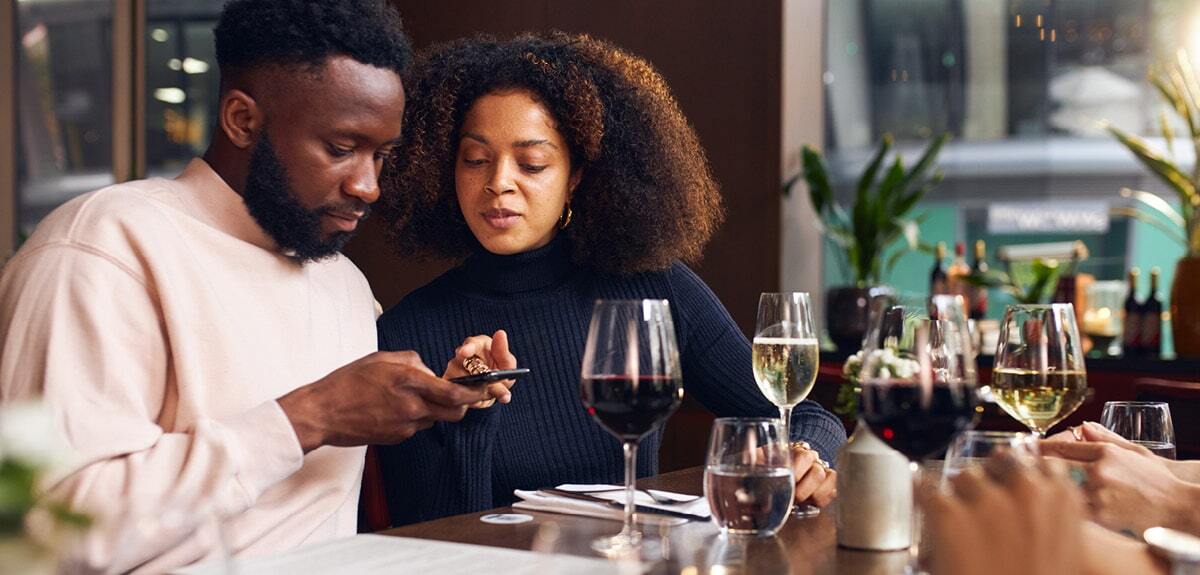
Big questions remain as restaurants become bigger players in the digital world. How are consumers digitally interacting with brands? What challenges are customers facing with omnichannel restaurant orders? Has new tech enhanced the ordering process? Or is it more of an inconvenience and causing low customer satisfaction?
To get a better understanding of how restaurant customers feel about their digital ordering experiences, we gathered feedback from more than 15,000 consumers across the UK and US. Here we’ve laid out the top digital ordering trends we uncovered.
Trend #1: Mobile apps are the most adopted and favored tech for restaurant customers
Not too long ago, most restaurant brands didn’t put a lot of effort into their omnichannel strategy. Digital ordering was dominating the retail world, but omnichannel restaurant ordering simply wasn’t in much demand—until the pandemic accelerated the need for off-premise ordering and forced restaurants to rethink their digital offerings.
Today, mobile apps have come a long way and are a huge presence in the restaurant industry, with 3 in 4 customers reporting using app ordering to place their digital orders. The popularity of mobile apps is much higher than other digital channels, with only half of consumers using tablets or kiosks for their digital orders and 1 in 3 consumers making orders via QR codes.
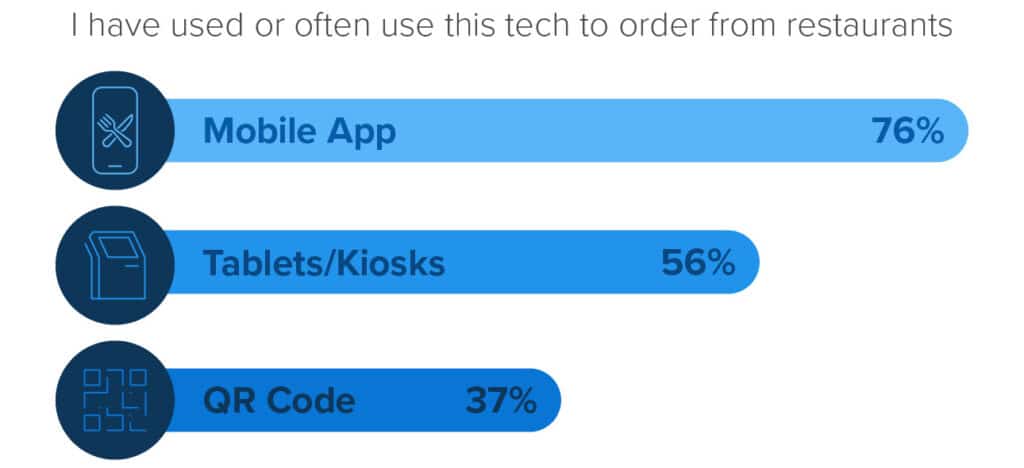
A previous SMG study showed similar trends in the rising adoption of mobile apps. In 2017, 62% of respondents reported they had zero restaurant apps installed on their mobile devices. In 2022, 83% of respondents said they have at least one QSR app—with 36% saying they have 5 or more.
But as a KPI, total number of downloads pales in comparison to actual usage metrics. Of the 83% of consumers who have at least one QSR app installed on their phones, more than one in three had not used a restaurant app to place an order in the past 30 days.
To evolve past being a novel touchpoint, QSR apps must provide a convenient, seamless, and satisfying customer experience. But too often, brands are falling short. Today’s consumers keep running into app-related issues—creating a barrier to convert downloaders into repeat users.
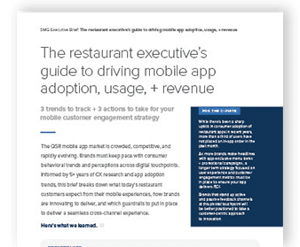
The restaurant executive’s guide to driving mobile app adoption
Trend #2: Customers are still experiencing a lot of problems with digital restaurant orders
Though mobile apps are the most favored tech for digital orders, 1 in 4 users have experienced a problem with their order. The most common issue mentioned? Lack of customization/substitution abilities.
User issues only get worse when we look at other digital ordering channels. Kiosk/tablet orders and QR code orders each have a problem occurrence rate of about 40%, with “difficulty using tech” the most mentioned issue.
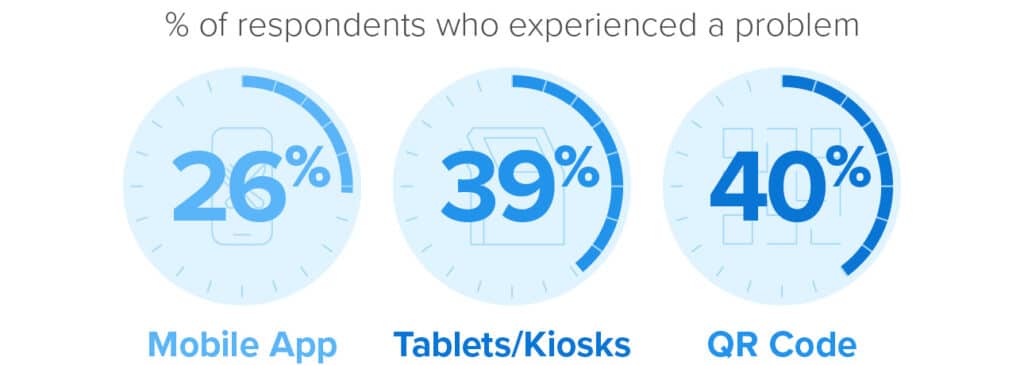
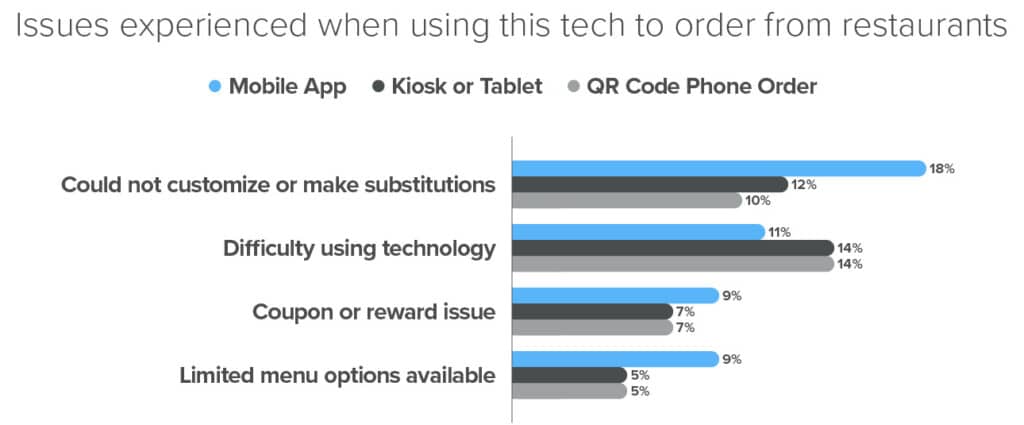
Brands that are able to iron out these issues and provide a more seamless digital experience will have the advantage. Our research shows mobile apps can actually be great for business and bring in incremental visits—in fact, when a customer doesn’t experience a problem from a mobile app, 25% are more likely to visit the restaurant more often.
When we compare that to kiosk or QR code users, we don’t see an uptick when their ordering is free of problems. But if there are issues, we see more serious impact—38% of QR code users and 36% of kiosk/table users say they plan to visit the restaurant less frequently after they experienced a problem with their ordering.
Trend #3: Resistance to digital ordering is driven mostly by a desire for in-person interactions
While digital ordering continues to increase across the restaurant industry, there is still a big part of the population that prefers human interaction. Not surprisingly, hesitance to use digital touchpoints increases with age, with data showing nearly 60% of customers over 55 preferring in-person ordering.
Other barriers to tech ordering that were mentioned: Didn’t want to download another app and using technology doesn’t make it easier. It’s also important to note here that though it’s the older customers who prefer in-person interactions, guests of all ages don’t believe digital food ordering channels are enhancing the ordering experience.
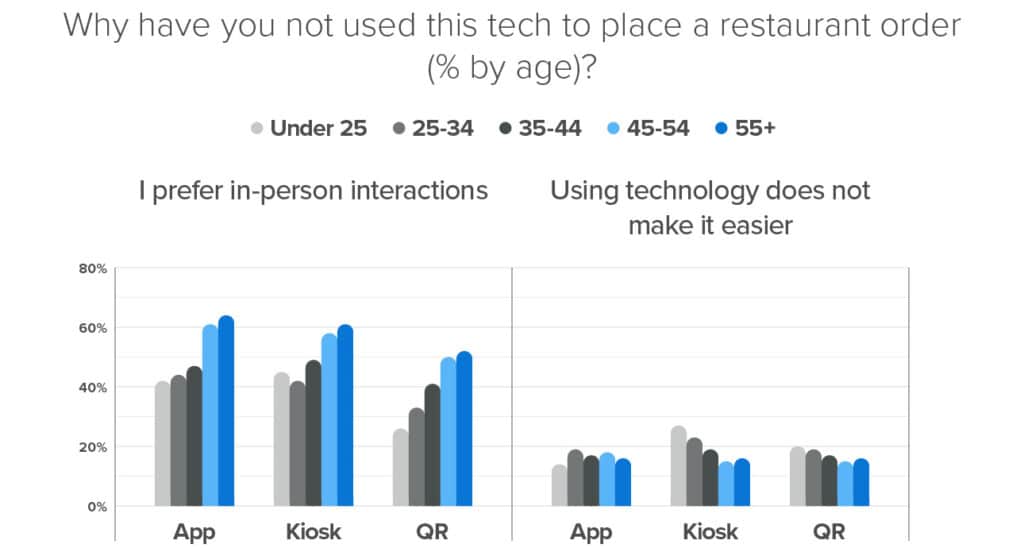
Keep your customer at the center of your omnichannel restaurant strategy
Not every restaurant brand should have the same digital transformation journey. And when it comes to implementing your omnichannel experience strategy, you have to understand your customers’ specific needs for changes to have a positive impact.
For instance, more than half of customers 55 and older said they would visit a restaurant less or not visit it at all if it moved to a fully digital ordering experience. And only 15% of customers of all ages said a fully digital ordering experience would make them visit that restaurant more.
As more brands make headlines with app-exclusive menu items + promotional campaigns, a longer term strategy focused on user experience and customer engagement metrics must be in place to ensure your digital ordering channels deliver ROI.
Brands that stand up active and passive feedback channels at this pivotal touchpoint will be better positioned to take a customer-centric approach to innovation. To learn how SMG’s in-app feedback capabilities help brands drive smarter engagements across the customer journey and increase adoption, reach out to one of our digital CX experts.
Related articles
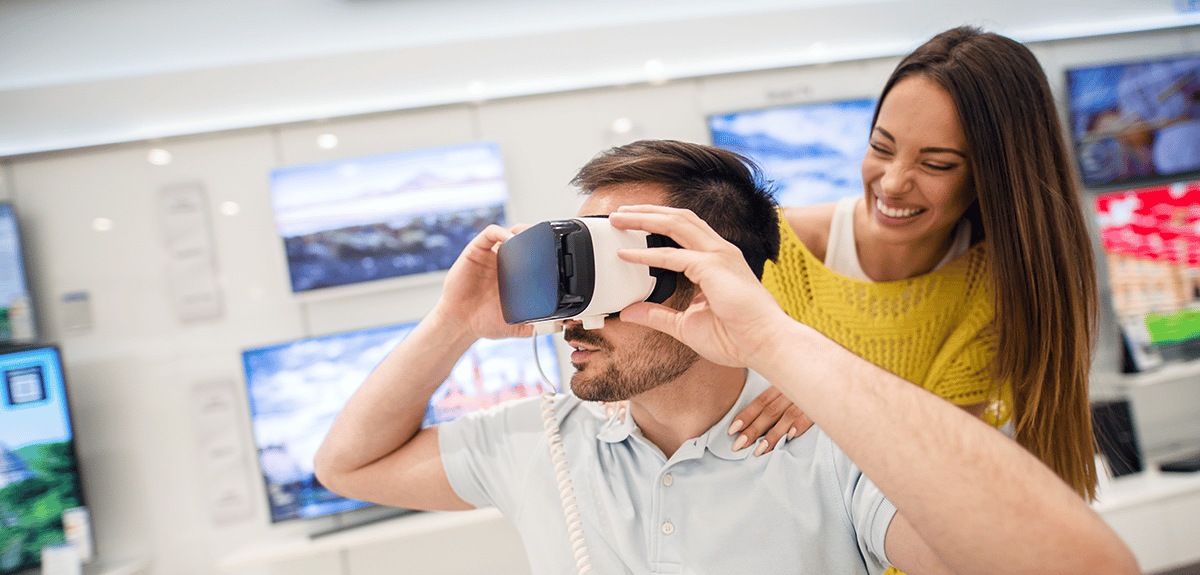
Customer experience strategy best practices to keep up with 2023 CX trends
With the right customer experience strategy best practices, brands can best prepare for the evolving customer experience trends of 2023.
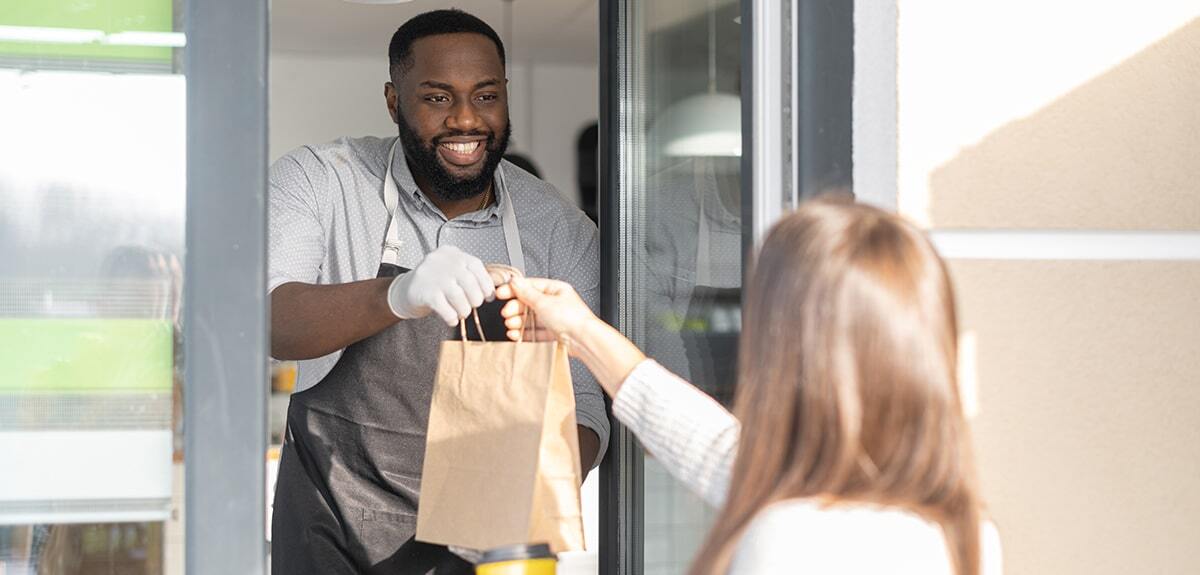
From Touchpoint to Focal Point—Championing Mobile App Adoption for QSR
Mobile app adoption means more opportunities to share promotions, events, and new menu items with your customers. Here is how to tailor it to your brand.

Customer Engagement Through Digital Channels for QSR Brands
QSR brands that emphasize customer engagement through digital channels are going to excite their fans, attract new ones, and improve business. Here's how.